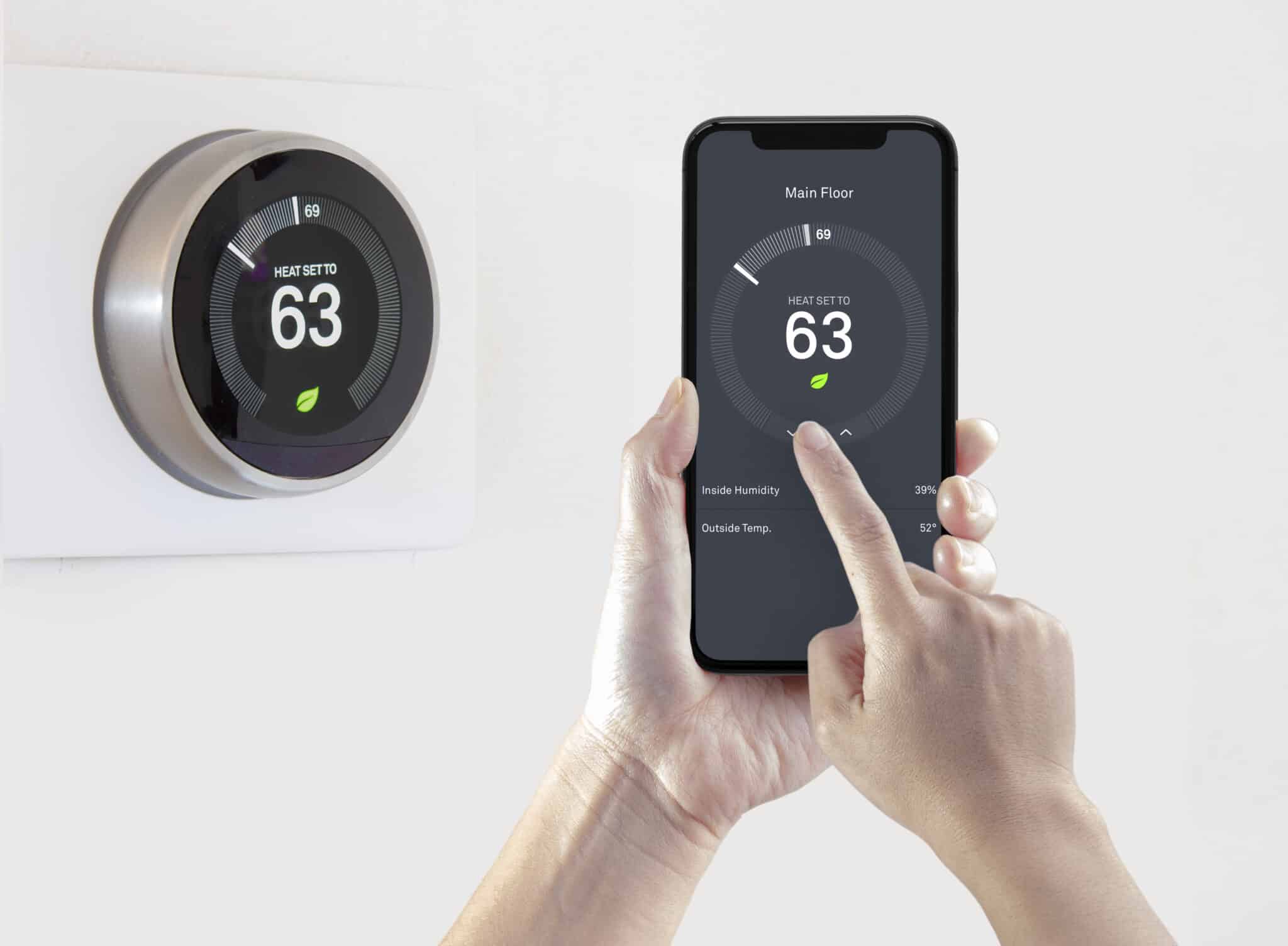Eco mode makes appliances and other devices more environmentally friendly by increasing their efficiency. It also lowers the cost of operating these machines. Helpfully, you can find eco mode on many thermostats, washing machines, dishwashers, and even cars.
But how exactly does eco mode work and how can you employ it in and around your home? Here’s all you need to know about eco mode.
How Eco Mode Works
Eco mode can reduce pollution and the use of natural resources like water and fuel.
Essentially, it does two main things:
- Increases energy efficiency by reducing the resources needed to operate
- Optimizes how a device uses those reduced resources
Basically, the mode is a set of software instructions that changes the way a device operates. For example, dishwashers with eco mode on use less water, and they don’t heat the water as much as they would in standard mode.
Investing in an appliance with eco mode and the Environmental Protection Agency’s (EPA) ENERGY STAR label—a certification that the appliances uses less energy than regular appliances—could help you save money and resources.
And while choosing eco mode is better for the environment than standard mode, keep in mind it may make your machine slightly less powerful. In our dishwasher example, eco mode may take longer to clean the dishes because it’s using a limited amount of water.
To find out if your appliance or device has an eco mode, look at the settings or controls. Some devices may have a physical button on the control panel. But if a machine has a touchscreen or if you operate it through a smartphone app, examine the menu or settings.
If you’re not sure if your machine has an eco mode or how to use it, check the instruction manual. Alternately, you can visit the manufacturer’s online support page.
Eco Mode on Thermostats Save Energy
Employing eco modes on your thermostat gives you triple benefits: it saves energy, lowers your power bill, and can even shrink your carbon footprint.
For example, a smart thermostat can help you add an eco mode to your heating and air conditioning system. Users select a temperature preset closer to the environment outside. Then, they use eco mode when they’re not home to save energy while avoiding any discomfort.
If you’re interested in a smart thermostat, one option is the Google Nest Learning Thermostat. This thermostat uses sensors and location tracking on your smartphone to find out when you leave the house, and switches to an Eco Temperature to conserve power. This smart thermostat also learns your temperature preferences and schedule over time. (Manual settings are available as well.)
By activating and deactivating eco mode for you, the Nest saves power without making your home feel too warm or cold. Another plus is that you can control it from anywhere, so adjusting your Eco Temperature is easy, even when you’re not at home.
An Eco Mode on Washing Machines & Dishwashers Conserves Water
Whether they’re for washing machines or dishwashers, eco modes on appliances that use water are combinations of settings for:
- Temperature
- Water use
- Washing time
These modes reduce water use and save energy by lowering temperature settings. However, as we talked about above, eco mode does sacrifice some power. So, if clothes or dishes are particularly dirty, you may need to use standard mode to get the job done. Still, most of the time for normal jobs, eco modes for washers and dishwashers work just fine.
Washing machines with the EPA’s ENERGY STAR label often have eco mode, and they can run on about 30% less water and 20% less power than regular models.
One such option is the Samsung Bespoke Ultra Capacity Front Load Washer.
This machine comes with three eco modes:
- AI OptiWash, which automatically detects fabric types and dirt levels and adjusts water and detergent amounts as needed
- Auto Dispense, which works alone or with AI OptiWash to dispense the perfect amount of detergent and help you avoid waste
- Eco Cold Wash, which uses only cold water
Meanwhile, dishwashers with an ENERGY STAR label can save around 3,850 gallons of water for as long as you have them.
If you’re looking for a dishwasher that has the ENERGY STAR label, consider the GE ENERGY STAR Top Control with Stainless Steel Interior Dishwasher.
This appliance has various eco-friendly features including:
- Different zones of operation, which helps conserve energy and water
- Steam and sanitize modes that save water by letting you skip pre-rinsing
- The AutoSense Cycle that senses how dirty your dishes are and automatically adjusts to avoid water and energy waste
Eco Modes for Gas-Powered Cars Improve Fuel Economy
Did you know eco mode extends to your car, too? Many new gas-powered cars come with this feature to increase fuel economy and reduce the amount you need to spend on gas.
Eco modes for cars can:
- Make acceleration slower and reduce the sensitivity and responsiveness of the accelerator pedal
- Optimize transmission shift patterns for better efficiency
- Keep the amount of fuel mixed with air for combustion as low as possible
- Limit air conditioning and the use of heated seats and other electronics
Machines With Eco Mode Save You Money in the Long Run
Buying a device with eco mode is sometimes more costly than a more traditional model, but it often pays for itself through energy savings.
Appliances with this option usually have other features as well, including artificial intelligence that learns your routines, as well as the ability to control them through your smartphone.
Plus, these customizable settings can save energy, lower expenses, and help the environment without sacrificing performance.






